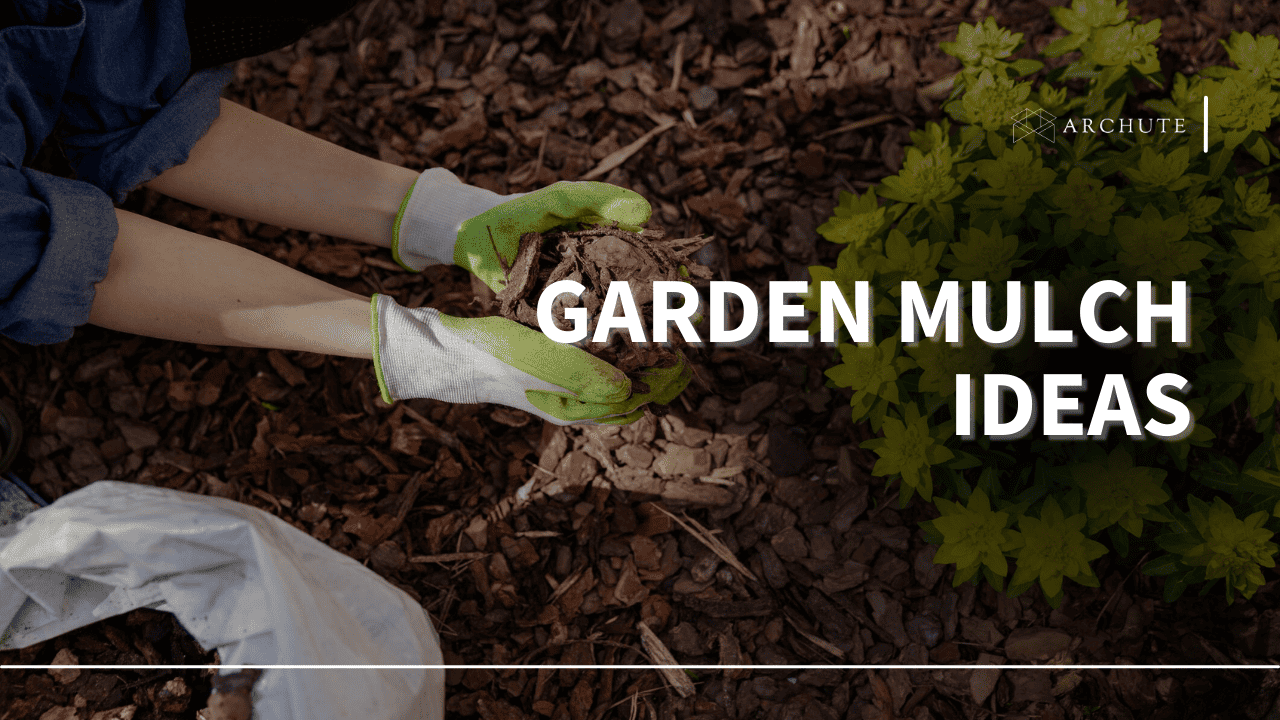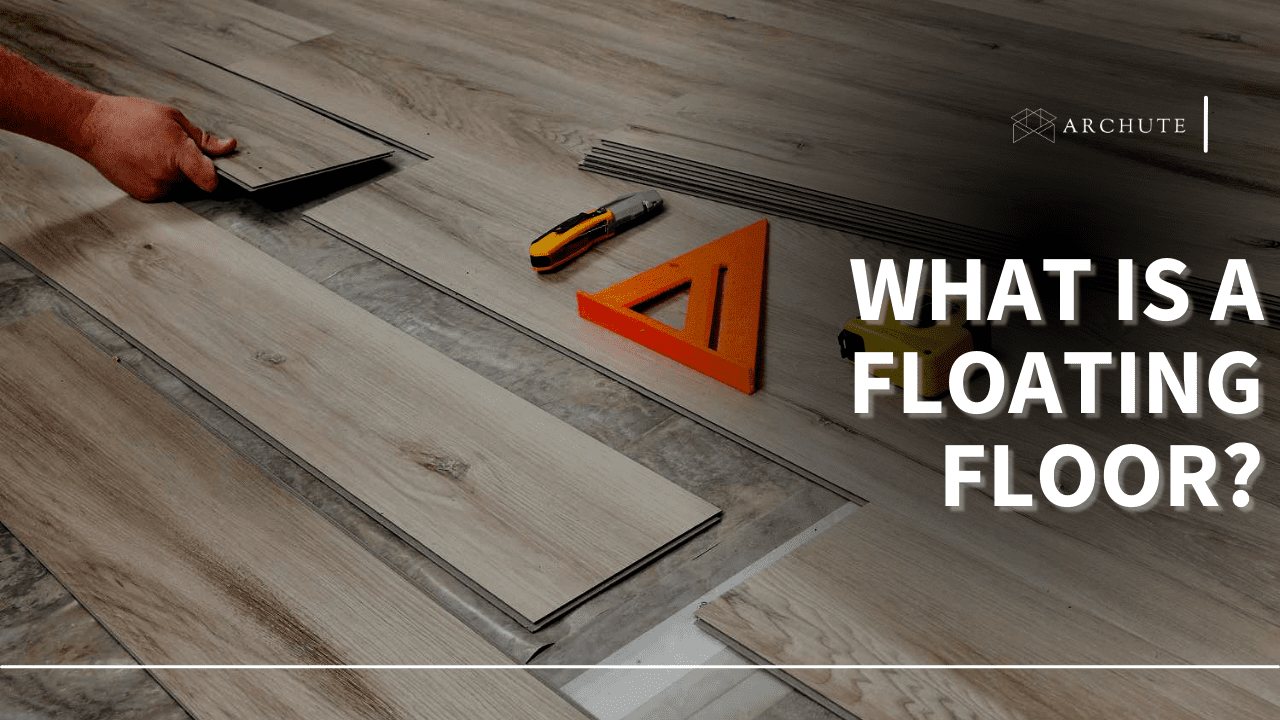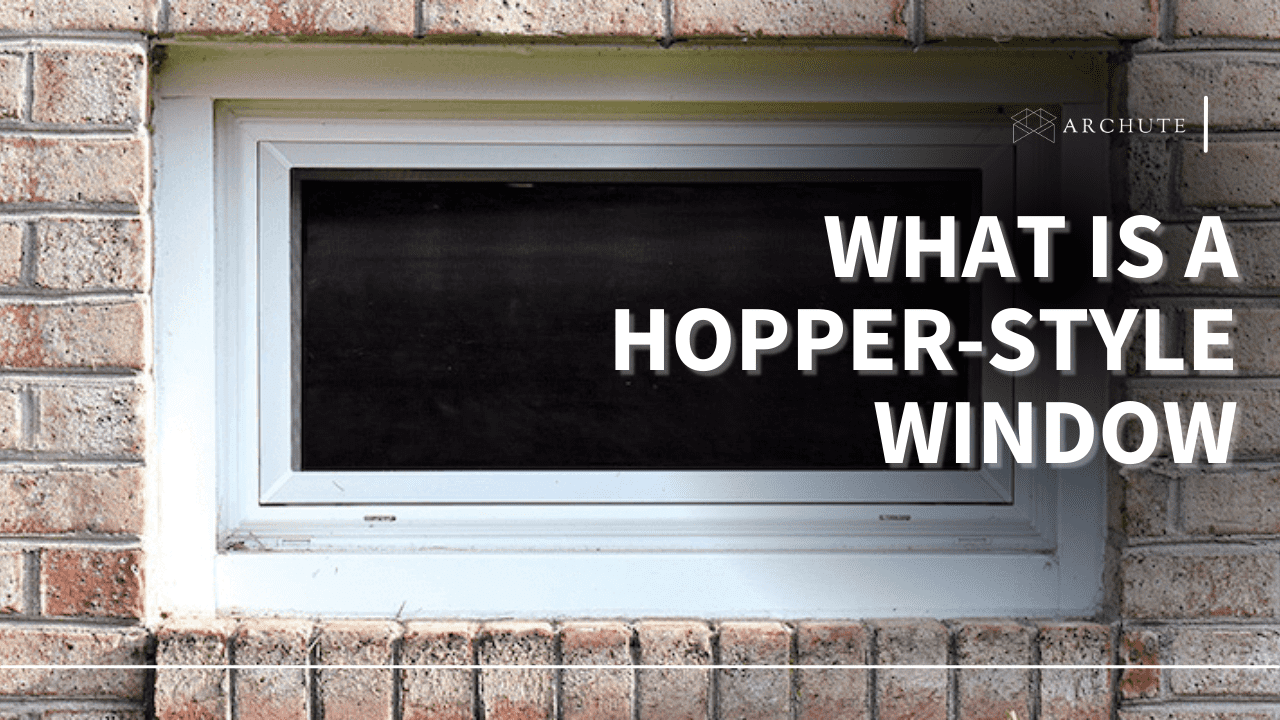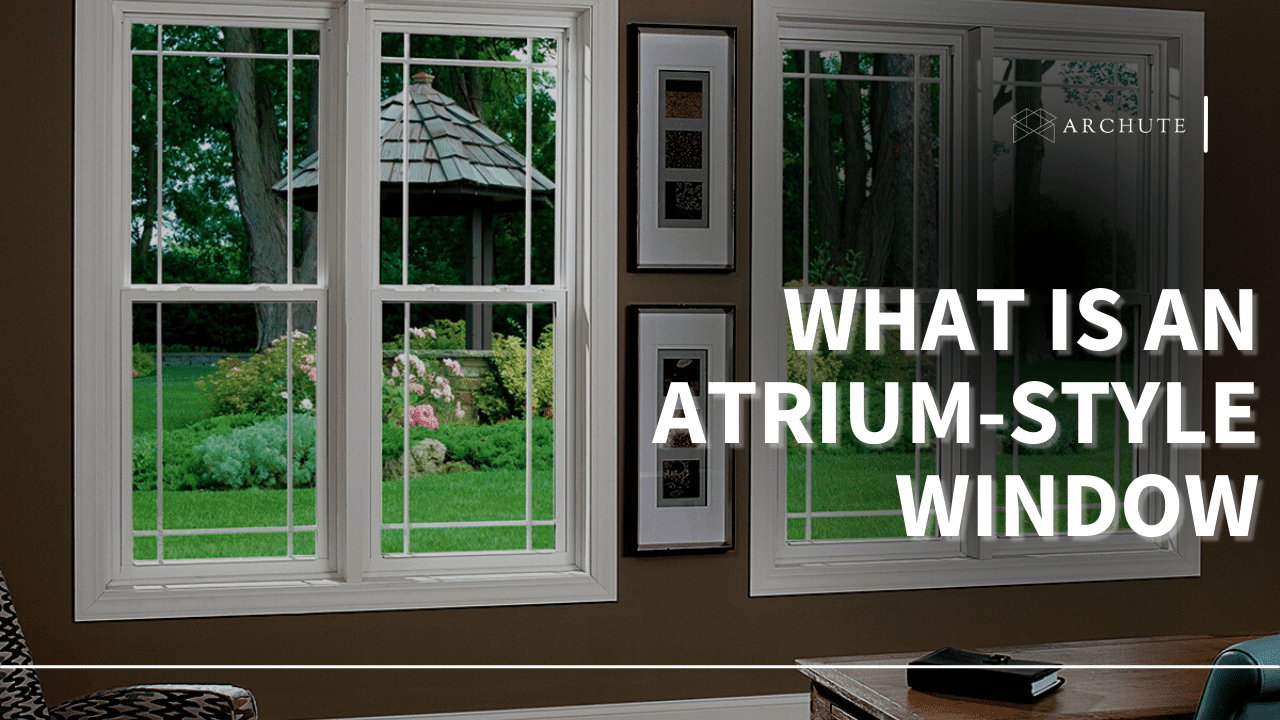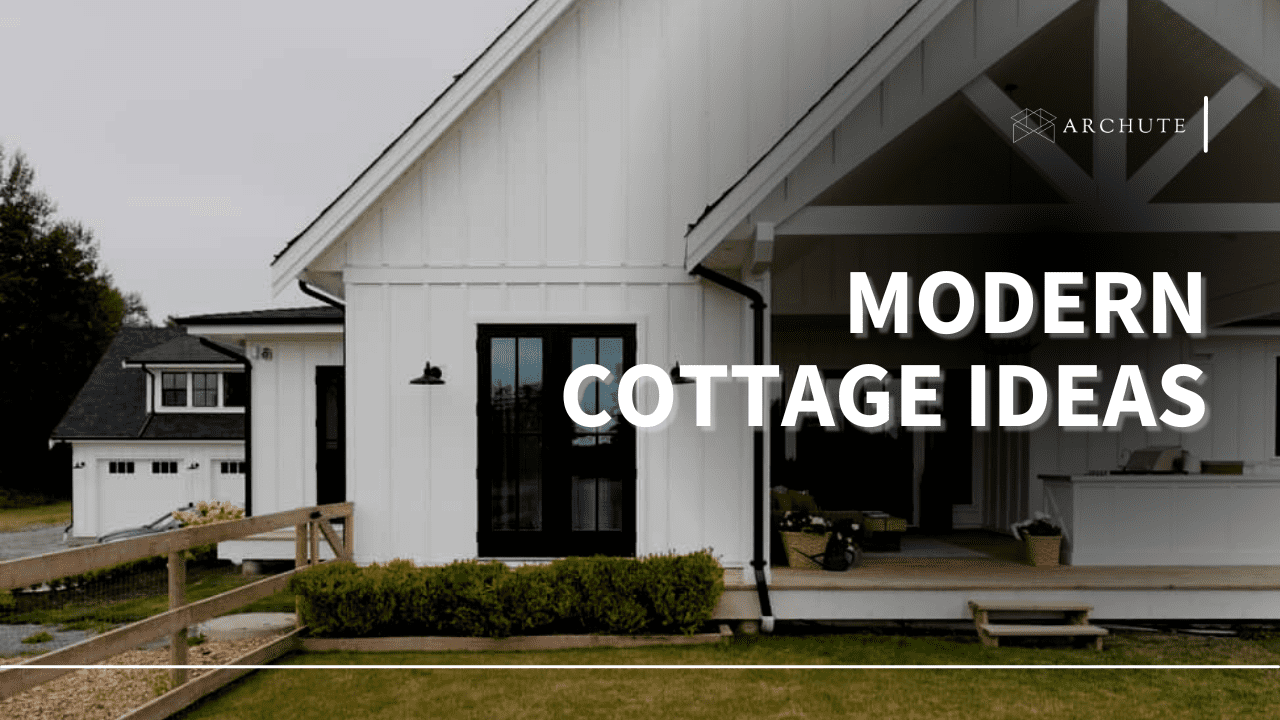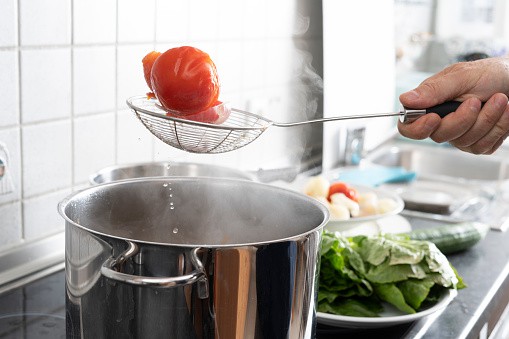As a gardener or runner of landscape, you are always on a lookout for simple methods to make your outdoor area more beautiful and in a good health. Nevertheless, maintaining optimum water levels and controlling the weed growth is a bit of a challenge. That is why we are considering garden mulch ideas that will reduce that stress and give you a garden and landscape that will be the pride of your neighbors.
Evidence shows that using garden mulch is one of the most effective ways to add essential nutrients to your soil, create an attractive and completed appearance, control weeds, control temperature extremes, and reduce the amount of moisture that evaporates.
We aim at providing you with all the benefits of different types of mulch that are available for your garden as well as climatic region and plants.
Therefore, skipping to the types of mulch, we can make your garden healthy and beautiful without any extra effort from your side.
Mulch Categories
Here are the two significant categories of garden mulches.
A) Organic Mulches

Image Source: newswire. caes. uga. edu
Organic mulch is derived from plants, animals, or other organic materials that were once alive. For instance, mulches are made from grass clippings, wood chips, shredded bark, leaves, and others.
Organic compost provides organic nutrients to your vegetable garden as the components decompose naturally.
Along with this, you will love the appearance of the mulch as it blends in well with the natural look of the soil in the garden.
B) Inorganic Mulches

Image Source: elysiumtire.com
Inorganic mulch is also known as non-degradable mulch or permanent mulch because it doesn’t transform its form, unlike the organic mulch.
Examples of inorganic mulches include gravel, landscape fabric, pebbles, and crushed stone.
The thing to remember with inorganic mulches is that they don’t contain any nutrients for the soil as they don’t break down.
Actually, it is better to use inorganic mulch for aesthetic purposes in your home garden or landscape to reduce fire hazards or in the field of xeriscaping. Xeriscaping is a method of landscaping which is frequently utilized to cut down water consumption.
Besides, we also caution against the application of inorganic mulches near the plants that do not like heat. This is due to the fact that the inorganic mulch is excellent at absorbing the heat and reflecting it back to the plants.
Garden Mulch Ideas To Revamp Your Garden And Landscape

Here are the ways through which garden mulch can be in your garden or yard design.
We’ve categorized them into organic and inorganic mulches for better comprehension.
Which mulch you select for your soil surface depends on your garden and your taste, and the advantages which you want to have.
A) Organic Mulches

Image Source: thespruce.com
Here is some best organic mulch that will help to hold water, prevent weeds and enrich your soil.
1. Wood Mulch

Image Source: designingidea.com
The organic mulch that is known for both its aesthetic value and its capability of retaining moisture and keeping weeds away, also tends to add a ton of nutrients to garden soil. Wood mulch is usually made out of wood chips or shredded bark which are natural products.
As these wood chips or bark shreddings are being decomposed, they impart beneficial nutrients to your garden plants. Weed control is massive in wood mulch because they cover the surface completely thus preventing sunlight from reaching the weeds.
However, we would suggest having the best weed killer to have extra protection for your plants from weeds.
Nevertheless, if you are thinking about a natural mulch to begin with for your landscaping, this natural mulch is a good option.
Before we proceed to the next garden mulch idea, we will talk about the biggest disadvantage of using this material in your vegetable garden or landscaping. This is because it is prone to termites and other insects if you don’t treat the wood.
If you buy treated wood for the mulch, remember that the chemicals should not harm your plants.
2. Grass Clippings

Image Source: nature-and-garden.com
Clippings from grass are the best mulch that is available in abundance and they are made of organic substances. It implies that your mulch will break down eventually and become nutritious for your plants.
Besides this nutritional function, grass clippings are also good at deterring weed growth, as well as regulating the temperature of the soil. Therefore, your root system can stay cool in the summer and warm in the winter.
We suggest you use mowed grass from grass that has not been treated with chemicals because there may be harmful chemicals in these. You must make sure that your grass cuttings do not have weed seeds that can make your effort go to waste.
3. Compost Mulch

Image Source: thespruce.com
Compost mulch is made from compost which usually is the waste in the kitchen or yard.
Another great thing about the natural mulch is that it returns some important nutrients to your soil. This therefore creates a better environment for plants which can improve your produce.
Compost mulch also functions well as a weed suppressant and helps soil hold moisture.
4. Straw Mulch

Image Source: gardenerspath.com
We produce straw mulch by drying stalks of cereals crops, such as barley, wheat and oats. Similarly, both straw and grass clippings are readily available and can be easily applied.
As a result, you can forget about every cereal grain as a waste of stalk.
For landscaping and gardening purposes you can apply this mulch. However, we don’t recommend using straw mulch for your vegetable garden as it can hold weed seeds. Additionally, bear in mind that straw mulch can decrease the pH of your soil.
Therefore this mulch should be used selectively on the plants.
5. Leaf Mulch

Image Source: hgtv.com
Leaf mulch is a product made from the leaves of deciduous trees like maple, oak, and elm. These leaves are typically broad and wide and need to be picked up before they start to get wet. Autumn is an excellent time to make your mulch because the trees lose the most leaves at this time.
If you put your leaves as mulch, these will add nutrients to the soil once they decompose and keep the soil moist.
The application of this mulch can be done in two ways, either you can use the leaves whole or create shredded leaf mulch. Shred your leaves with lawn mower or chipper.
We would not advise using leaf mulch for your vegetable garden as the leaves may contain weed seeds.
6. Sawdust Mulch

Image Source: gardening.org
Sawdust is wonderful in that it retains moisture, releases nutrients into a soil when it decomposes, and suppress weeds.
We suggest sawdust mulch with other organic mulch forms such, as compost. It is because this natural bark takes ages to decompose that can result in accumulation of certain nutrients that may be harmful to plants, especially nitrogen.
7. Pine Needles

Image Source: lcsun-news.com
One excellent mulch to consider for aesthetic enhancement of your garden or landscape is made of dried and shredded pine needles. Furthermore, it assists to reduce the amount of water your soil loses to the environment.
If your plants require an acidic environment, pine needles are a perfect choice to use as a mulch layer due to their acidic nature.
B) Inorganic Mulches

Image Source: aces.edu
The organic mulches provide you with the following benefits: adding aesthetics to your garden or landscape, soil moisture retention and weed control.
1. Rubber Mulch

Image Source: rymarrubber.ca
Rubber mulch is an inorganic mulch created from recycled rubber including rubber from old rubber tires. It is an excellent type of bedding in high traffic spots like in playgrounds. Likewise, you can also apply this kind of mulch to your garden bed and other landscaping areas.
Rubber mulch is one of the best alternatives which has been proven to have several benefits including weed control, water retention, durability, and safety. The cushioning effect it has makes it one of the reasons we say it is better to use it in places where children will play.
Another fact about rubber mulch is that it is not safe for all plants since it is not used on all plants. For that reason, you should begin thinking about the advantages and disadvantages of using rubber mulch before you actually implement it..
2. Gravel Mulch

Image Source: bustlingnest.com
Gravel or crushed stone mulch is commonly employed for decorative purposes. It has no nutrients to your soil, but it prevents weeds from growing and erosion.
However, the gravel mulch can lose water quickly and can lead to the soil drying up.
The most appropriate places to apply gravel mulch include around trees, shrubs, and plants that are generally drought-tolerant.
3. Plastic Mulch

Image Source: grekkon.com
Plastic mulch also goes by the name plastic film mulch or plastic sheeting. It is made up of laying a thin polymer sheet on the soil.
Water retention will be achieved through the application of this inorganic mulch since it slows the rate of evaporation and keeps the soil moist.
Some other advantages of plastic mulch are pest management and weed management.
Don't forget to dispose your used plastic sheeting appropriately because it is non-degradable.
Tips When Applying Mulch To Your Garden Or Landscape

Image Source: houselogic.com
Deciding on the perfect kind of mulch for your lawn or garden is as important as knowing how to implement it properly. Here are some suggestions that will help you to get through mulching in your garden without trouble, and get the most out of it.
1. Clear Existing Weeds And Debris
Initially, it is important to weed and remove all the composted debris in your area. It will keep the weeds from growing through the mulch and also leave room for laying the mulch neatly.
Once you remove the debris and weeds, you can lay down the weed barrier to block future weeds from growing.
2. Apply Mulch Thickness Of 2-3 Inches
Our suggestion is a mulch that is 2-3 inches deep. This will cover the soil surface but allow the plants themselves to breathe.
Now when you are certain the mulch is the right thickness, spread it evenly.
3. Avoid The Base Of Your Plants
Once you spread the mulch, be sure to leave enough room at the foundation of the plants so they can have proper circulation and drainage.
Direct application of the organic material on the base of the plants or trees can lead to decay and insect infestation.
4. Choose The Right Mulch
The first step when selecting the right kind of mulch is to go through the above types and understand them. The next step is to determine the climate zone in your region and which plants you want to use your mulch with.
We covered this briefly while discussing the types. Therefore, it shouldn't be a problem at all. Likewise, if you live in a cool and dry area, pine needles are an ideal selection for applying as a mulch.
Lastly, for those plants that require a lot of water, gravel mulch should not be used as well because it dries out the soil, which can turn out to be harmful to your plants.
5. Add Some Fertilizer
Since organic mulches are well known for their ability to enrich the soil, a bit of fertilizer won’t do any harm.
This will ensure that your soil is packed with nutrients and that your plants are therefore healthy and strong.
6. Check Regularly
Over time, the mulch will dissipate. Thus, it is just that you should check on how your fluff remains your style by now and again. If needed, an additional layer can be added.
This commonly occurs with organic mulch because this kind of mulch deteriorates and breaks down over time to enrich your soil.
Final Thoughts

Gardener planting lettuce seedlings in freshly ploughed and straw mulched garden beds. Organic gardening, healthy food, nutrition and diet, self-supply and housework concept.
Image Source: bluemountainhay.com
In terms of the environment, gardening is a wonderful activity; we desire every gardener to be successful. It is important to select the mulch type that fits your garden and landscape type for the best outcome.
Inorganic mulches such as rubber mulches are the best option for high-traffic areas like playgrounds, where kids often do a lot of activity. They are also ideal for ornamenting your land. On the other hand, they don’t have any nutritional value to your soil since they don’t decompose and break down.
Thus, if you are in need of a mulch that will provide your soil with additional nutrients and organic matter, then we recommend an organic mulch.
If you would like to explore yet another interesting mulch type, then check out our guide on living and green mulch which provides you with an entirely different experience and more options for mulching.

